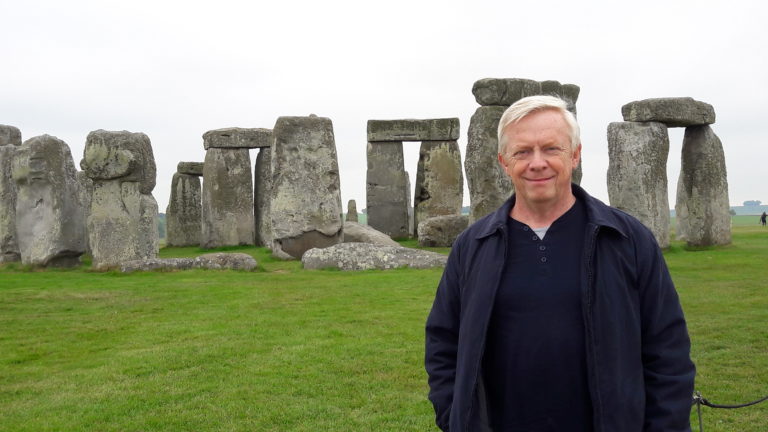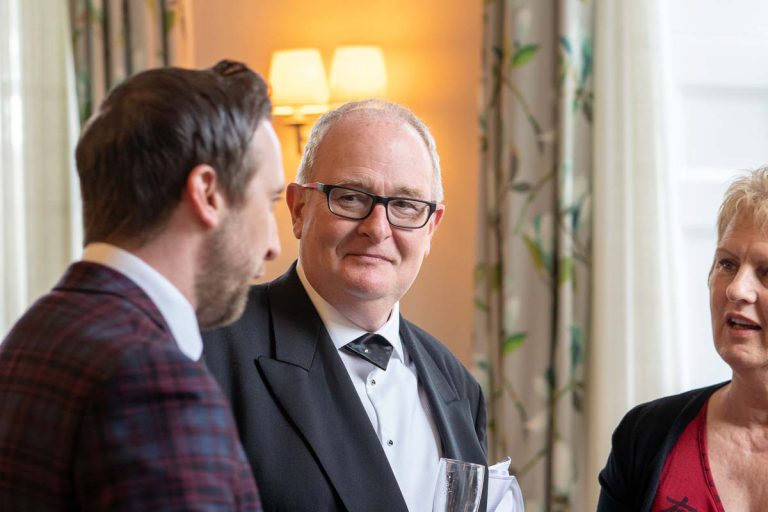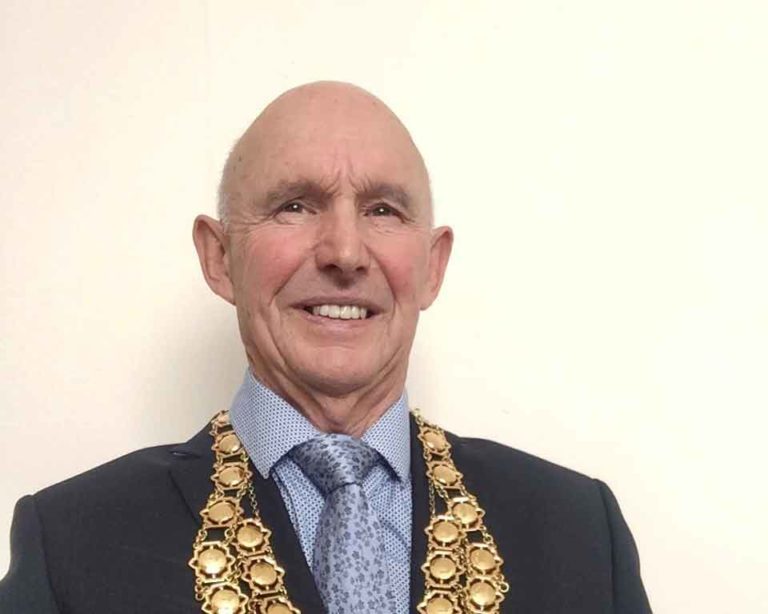Before psychiatrists or psychologists are allowed to work with patients, they have to undertake personal therapy to ensure they’re in the best mind to help. As physical therapists, we don’t technically have to do this. We’re just treating the body, not the mind, aren’t we?
I think anyone who works in clinic knows this isn’t true. When I talk about seeing the body as a whole, I refer not only to the way every part is integrated with the next, but the relationship between mind and body too. We have to truly understand our patient’s stories to be able to really help them, and so I believe communication and compassion are at the very heart of what we do. But that’s not to say that it’s something I didn’t need to work at.
When I left college, my first job was with the National Children’s Home, now known as Action for Children.
After my first three years there I began to nag my supervisors about the lack of input on my development as a Residential Social Worker. My relentlessness paid off – they gave in and sent me to their headquarters in Highbury, London, where there was a training programme which social workers attended over a year for 7 separate weeks.
Born and raised in Bradford as I was, this was quite a treat – I had never ridden the underground, never navigated London, and so on arrival I already thought I had achieved. As the rest of the delegate arrived, I began to realise I was the youngest in the room, sitting with people a minimum of 10 years my senior.
In the first week we explored child development, and I discovered theories such as Maslow’s hierarchy of needs, and Winnicott’s ideas on the importance of relationships and micro-interactions as a key aspect of early development – both of which I’d never come across before.
As I sat and listened, something which I think I’d always known was clarified. To put it simply, my childhood was not an easy one, and I began to realise exactly what had been missing in terms of emotional safety and support.
Half way through the week we were asked to share a standout moment of learning. My fellow delegates went over the theories they had learnt, but when it came to me, I sat feeling that somehow they had this wrong.
In the end, I opened up and explained my revelation. I told the room: “I believe there have been vital needs not met in my personal development, and if I’m not brave enough to address this in me now, how could I ever dare to expect any child or young person to open up to me? How could they be brave and trust me with perhaps the darkest part of themselves, if I haven’t dealt with my own?”
The room was quiet – a silence only broken by the tutor’s exclamation that youngest soul in the room ‘got it’. I believe this was a life changing moment that laid the foundation to becoming the bodyworker I am today.
I would go on to work in social work for another 8 years until I was able to change careers and pursue my own path. But I’m thankful that I chose this one first, because whilst it wasn’t my dream, the journey of self-examination I needed to embark on wouldn’t have begun for a long time had I become a physiotherapist straight away.
Over the years, as I’ve looked down my own scary rabbit holes, it has lead me to a true understanding of compassion – for others, and for myself. I realised that I was a very positive person – and actually rather funny, because life is a funny old journey, and we’ve got to have a sense of humour about it. I could tell a great story and I knew that people could feel everything was all right, knowing I was in the room. Having spent many of my early years surrounded by a negative atmosphere, I hadn’t realised how much calmness I projected, or that I was kind and warm.
I believe we all have our own stories which affect how we interact with those around us. It’s especially important as therapists, when we place our hands on someone trusting us to take care of them, that we’ve dealt with these. That we know how to communicate with patients dealing with, maybe even hiding, their own problems. The work we do on ourselves no easy task – but it’s absolutely worth every second.
Not joined up yet?
There’s plenty of reasons to join the LCSP Register
Insurance Partners
Our dedicated team can tailor individual policies to suit your specific needs
Workshops
Keep your skills up to date with CPD Workshops and courses
Business Support
Advice tailored to working in the private sector
Find a Therapist
Our directory of therapists searchable by the general public
Welfare Officer
Supporting members who may have situations of difficulty where they need assistance, guidance or reassurance.






